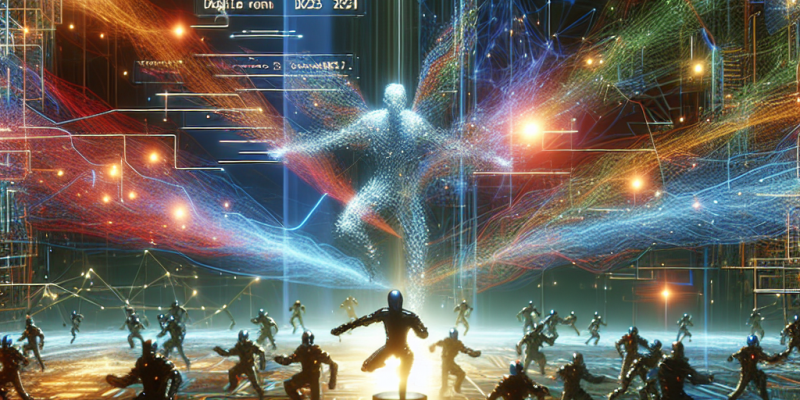AI-Powered Cyber Threats: The New Battleground in 2025

As we step further into 2025, the landscape of cyber threats has changed dramatically. Artificial Intelligence (AI) is now a key player in both cyber attacks and defenses. This article looks at how AI is shaping the world of cyber threats and what we can do to combat them.
The Rise of AI in Cyber Threats
In recent years, hackers have started using AI to make their attacks more sophisticated. Traditional hacking methods are still around, but AI allows cybercriminals to analyze large amounts of data quickly. They can find vulnerabilities in systems that would take humans much longer to discover.
For example, AI can automate phishing attacks. In the past, hackers would send emails to many people, hoping that a few would fall for the bait. Now, AI can tailor emails to look more convincing based on the recipient’s online behavior. This makes it harder for people to recognize a threat.
Additionally, AI can be used to launch Distributed Denial of Service (DDoS) attacks. These attacks overwhelm websites with traffic, causing them to crash. AI can manage these attacks more efficiently, targeting multiple systems at once and changing tactics on the fly to evade defenses.
AI and Defensive Measures
While AI can be used for malicious purposes, it also plays a vital role in defense. Security experts are using AI to identify and respond to threats more quickly. AI can analyze network activity in real-time, detecting unusual patterns that may indicate an attack. This helps organizations respond more rapidly, minimizing damage.
Machine learning algorithms are also improving cybersecurity products. These products can learn from past attacks and adapt their defenses. For instance, next-generation firewalls can now automatically update their rules based on new threats, creating a more robust security posture.
Challenges Ahead
Despite the advances in AI for cybersecurity, significant challenges remain. Cybercriminals are continually evolving their techniques, often staying one step ahead of security measures. The speed at which AI can adapt means that organizations must stay vigilant and proactive in their defenses.
Another concern is the ethical use of AI. As companies invest in AI technology, they must ensure that their systems are not misused. Regulations and standards must keep pace with technological advancements to protect users and organizations alike.
Conclusion
The battle against cyber threats in 2025 is increasingly defined by the use of AI. While it poses new challenges for security, it also offers powerful tools for defense. Organizations must understand this evolving landscape and invest in both technology and training to keep their data safe. As we navigate this new battleground, collaboration between businesses, governments, and technology developers will be crucial in mitigating the risks associated with AI-powered cyber threats.
By staying informed and adapting to these changes, we can better protect ourselves in a world where AI is both an ally and an adversary.














